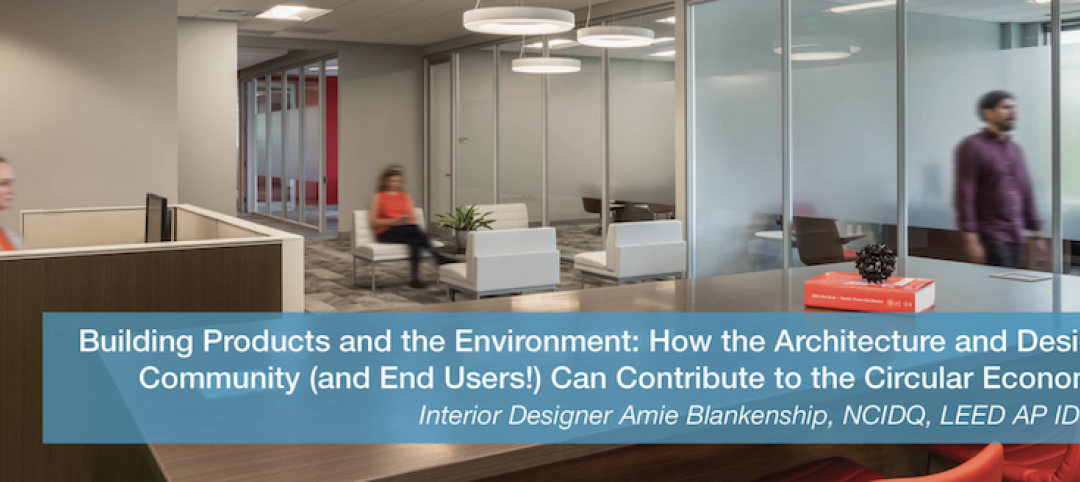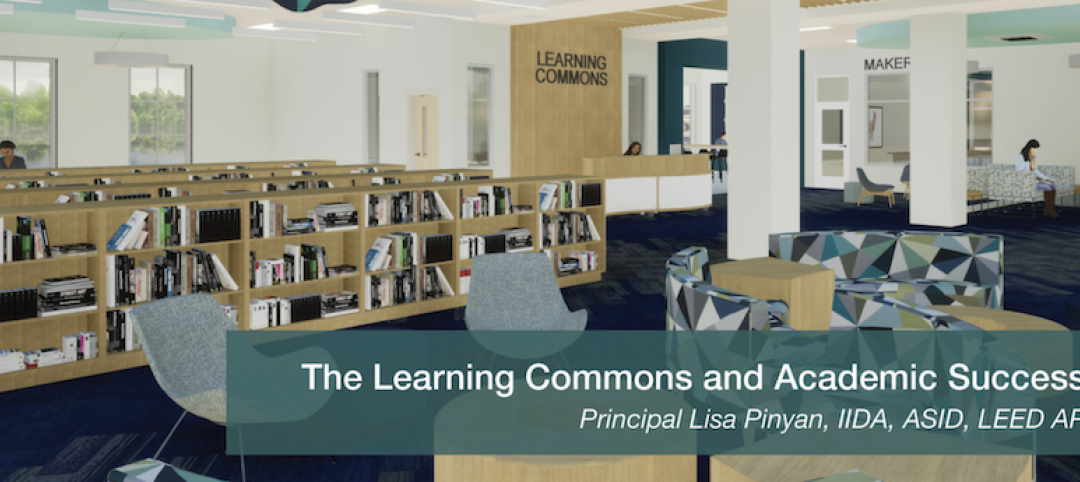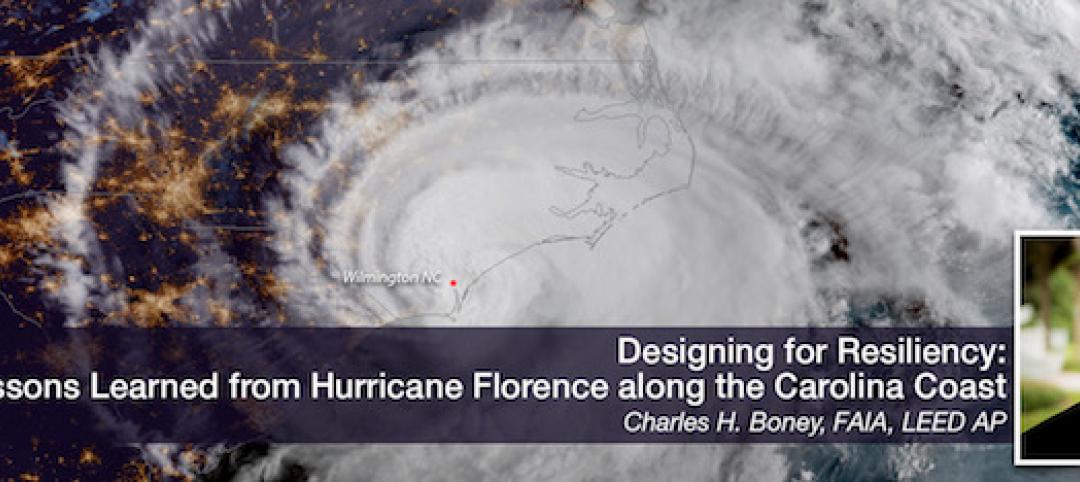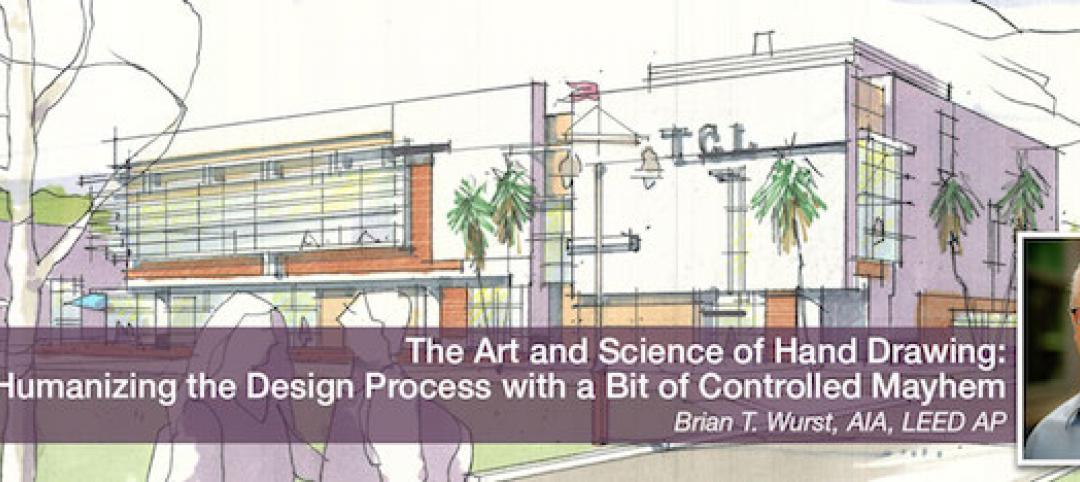With campus cultures rooted in socialization, communal activities, and interdisciplinary collaborations, colleges and universities around the globe face big unknowns in the face of COVID-19 disruptions and recovery. What is known is that higher education in the era of COVID-19 will look significantly different until this pandemic subsides.
Functioning as towns and cities within greater communities, higher education institutions uniquely provide comprehensive services to students, faculty, and staff as well as local municipalities including academic, research, workplace, residential, wellness, healthcare, food service, transportation, and entertainment facilities and services. College and university leaders are grappling with developing multifaceted responses to provide safe access to these facilities and services in an ever-evolving public health landscape.
Campus communities include international, intergenerational, and varied health-risk populations. That, coupled with mental health aspects of COVID-19-generated anxiety, makes a “one size fits all” approach to reopening campuses this fall unachievable.
Through early May, published plans for 2020-2021 academic calendars include cautiously optimistic terms like “planning,” “intending,” “exploring,” “hoping,” and ”leaning toward” regarding reopening, and many institutions are waiting for further developments from public health experts in the coming months before announcing final plans.
Learning implications
Student, staff, and faculty safety issues spur ongoing conversations regarding feasibility of in-person or fully online courses (or a hybrid of the two), delayed start dates, and block course scheduling.
Physical distancing guidelines require planning for smaller class sections held in larger learning spaces, which affects scheduling availability and faculty course loads. Scheduling and maintaining safe access to learning laboratories for hands-on application and real-world simulation are vital to developing critical thinking skills. These learning environments are necessary for preparing the next generation of healthcare providers, makers, and researchers.
Student and faculty’s heroic adaptation from on campus to online courses this spring was remarkable, but it came with many challenges as remote teaching and online learning are fundamentally different. If campuses lean toward partial opening this fall, additional investment in course development is necessary for fully converting to successful online modalities, and instructional designers specializing in educational technology are needed to improve student engagement and learning outcomes.
Financial implications
Financially, institutions operate from a multitude of revenue streams such as tuition, room and board, amenity fees, athletics, grants, and public funds. Reduced funds in any of these will cause significant shortfalls in established budgets for the 2020-21 academic year. Campus leaders are planning now for unknown impacts. Revenue from tuition, room and board, and fees are directly related to enrollment numbers, and many colleges and universities offered room and board refunds after closing campuses during Spring 2020 sessions, creating budget shortfalls for the current academic year.
Students choose to attend four-year undergraduate campuses for the full collegiate experience: intellectual value of the institution, departmental expertise, access to resources and faculty, and social, recreational, and entertainment opportunities. Will students (and their parents) value online or hybrid learning modules at their selected schools at the same tuition rates?
Additionally, many students are facing unexpected pandemic hardships including health issues, subpar broadband access for online learning, loss of personal or parental income, and housing or food insecurity. Further, inequities in the student population become more visible when learning shifts to online formats.
With student financial and health concerns outlined above, plus travel restrictions facing international students, many institutions predict a substantial decrease in enrollments at residential institutions, resulting in further decreases in room and board and student fees revenue. Early student surveys suggest increases in enrollment deferrals and gap years while the world waits. Spring commitments may be higher than actual attendance come fall.
Athletics also contribute heavily to campus revenue streams, and conferences are evaluating multiple scenarios to salvage the 2020-2021 seasons. High-revenue NCAA football schedules of the past may look radically different to protect student athletes and fans alike, including shortened seasons and no spectators, further reducing planned revenue.
Federal and state funding through grant programs and budget allocations are also evolving daily in response to healthcare needs and waning tax revenues from wages and businesses. The Federal CARES Act provides emergency funding and philanthropic priorities are shifting to fill gaps from COVID-19-induced shortages and student hardships.
Physical implications
LS3P is assisting our clients in developing temporary space strategies recommended for physical distancing through room-level space planning, building circulation strategies, and temporary signage solutions. Higher Education facilities and campuses are uniquely comprehensive entities, and our team of thought leaders is creating tools to develop your unique response to operate under pandemic guidelines.
We anticipate this pandemic will generate paradigm shifts and physical space changes to campuses across the globe in the coming months and years, and we are here to partner with you to develop resilient design solutions that enhance well-being and the unique culture of each campus.
More from Author
LS3P | Apr 7, 2021
How the architecture and design community can contribute to the circular economy
The goal of the circular economy is to keep materials in circulation through reusing, repurposing, repairing, or reimagining them.
LS3P | Feb 22, 2021
The learning commons and academic success
A vibrant, modern Learning Commons can draw students in and make learning fun.
LS3P | Aug 10, 2020
Reimagining multifamily spaces in the COVID era
Multifamily developments pose unique challenges and opportunities.
LS3P | Mar 29, 2019
Designing for resiliency: Lessons learned from Hurricane Florence along the Carolina Coast
Resilient design principles will be critical in preparing our communities for future storms, writes LS3P's Charles H. Boney, FAIA.
LS3P | Mar 4, 2019
The artistry of high performance design
It is no secret that 40% of the US energy consumption occurs in the building sector.
LS3P | Dec 10, 2018
The art and science of drawing: Humanizing the design process with a bit of controlled mayhem
Hand drawing reveals a dimension beyond those available in a CAD drawing or digital rendering.
LS3P | Jan 25, 2018
Cost estimating for K-12 school projects: An invaluable tool for budget management
Clients want to be able to track costs at every stage of a project, and cost estimates (current and life cycle) are valuable planning and design tools, writes LS3P's Ginny Magrath, AIA.













